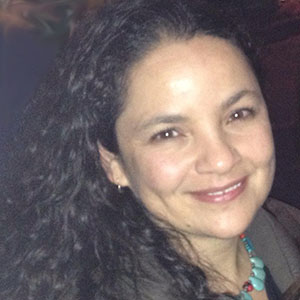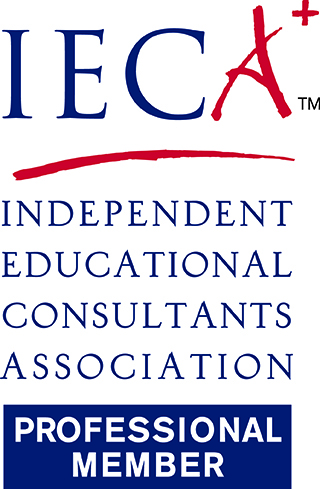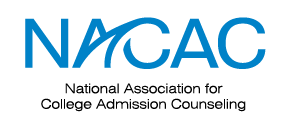
Laura Villamil, PhD
I bring over 15 years of experience in higher education--as a professor, researcher, and undergraduate and graduate student advisor--to my consulting practice.
I have worked at different kinds of institutions, including two large public research universities and a small private liberal arts college. Prior to becoming an independent educational consultant, I was a professor at the University of Wisconsin-Milwaukee for 8 years.
I received my bachelor's degree from the University of California at Berkeley, and my master's and doctorate from the University of Michigan. In addition, I completed a certificate in College Admissions Counseling from UCLA Extension, and I am a graduate of IECA's Summer Training Institute.
In my practice, I adhere to the highest ethical standards and best practices in college counseling. I am a member of the National Association for College Admissions Counseling (NACAC) and a Professional Member of the Independent Educational Consultants Association (IECA).


What is sacbe? ... and why the footprint?

The name —sacbe— and the footprint logo represent the many aspects of the college experience. These were inspired by my previous career as an archaeologist.
Sacbe (pronounced "sack-beh", plural sacbeob) means "white road" in Yucatec Mayan (sak: white; be: road). It is the name of the paved causeways built by the ancient Maya to connect important places across the landscape.
One of the ancient Maya hieroglyphs for road (be) was a footprint. This is because the Maya, like all pre-Columbian Mesoamerican peoples, lacked draft animals or wheeled vehicles; all travel was done on foot.
In the art and writing of ancient Mesoamerican cultures, footprints were used to indicate travel and movement. Footprints, however, could also refer to an important journey (real or figurative), or a key life transition.
The footprint in the logo symbolize both aspects of the path to and through college: a journey and a key life transition.
For most students, going to college involves "going away," leaving home and embarking on an exciting new journey —both real and figurative— on their own.
But the college years also mark a very important transition in young people's lives. It is the time when they leave the teenage years behind, grow intellectually and emotionally, and discover the adults they want to be.
I view my work with students as helping them design and build their own "white road"—identifying key places and milestones as well as the paths connecting them— so they can confidently embark on their own unique college journey.
